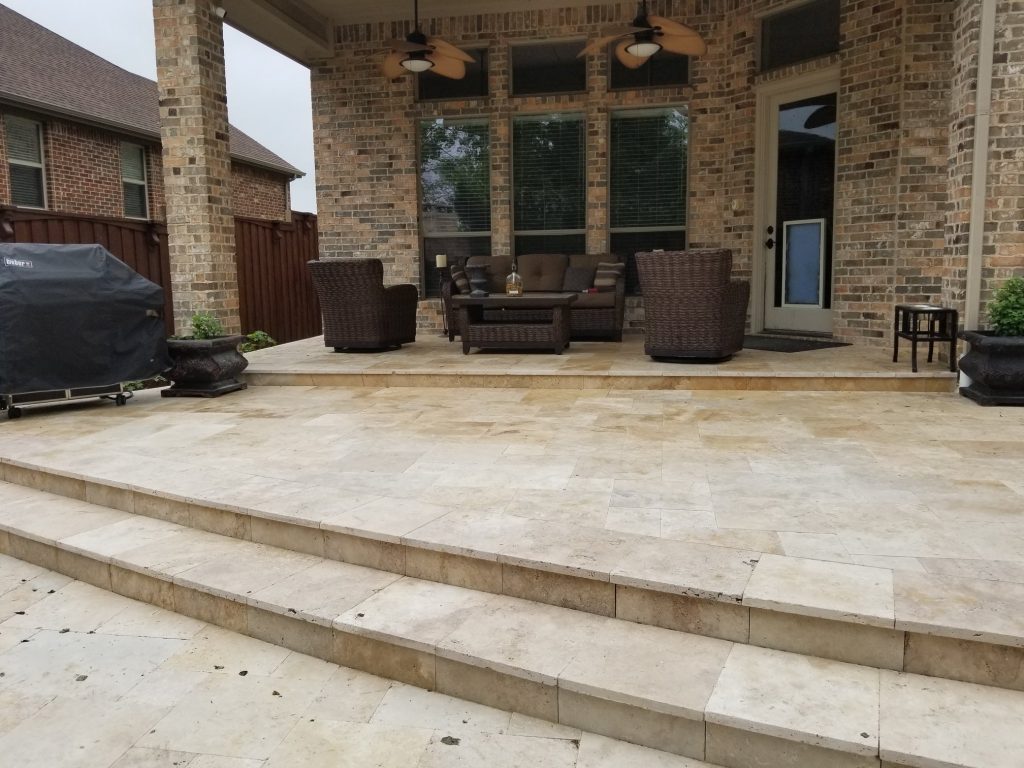Stonework: What Is The Difference Between Cross-Cut and Vein Cut Travertine?
So you’ve decided on travertine for your stonework. A beautiful, long-lasting stone that’s similar in many respects to both limestone and granite (but is different enough from both of them to be unique), travertine adds character and functionality to any design. However, while you’re sure it’s the stone you want for your outdoor space, you don’t know whether you want to invest in cross-cut travertine, or vein cut travertine.

If you aren’t sure on the difference, it’s actually pretty simple to understand. So take a moment to evaluate your options, because there is a noticeable difference between them.
What is The Difference Between Cross-Cut and Vein Cut Travertine?
Let’s start with cross-cut travertine. When travertine is sitting in a big, stone block, it has what’s called a bedding. It’s similar to the grain in a piece of wood. When the block is cross-cut, it goes across the bedding, and reveals circular patterns in the stone. Sort of like how, when you cut a tree against the grain, you see the rings in it.
Vein cut is, you guessed it, when travertine is cut in the direction of the bedding. By cutting with the grain the pattern that’s revealed is linear, and though it’s the same stone, it appears totally different from the pattern revealed with a cross-cut.
Which One is Right For Me?
That’s entirely up to you, and which design you feel would work best for your home. Both vein cut and cross-cut come from the same stone, so the base material doesn’t change. Cross-cut stone tends to have a softer feel due to the flowery pattern the cut reveals, whereas vein cut’s more linear design alters the flow of a space. In the end the cut of the stone is just like the color; you have to choose what you feel is best for your needs.
For more information on choosing the ideal materials for your stonework projects, simply contact us today!
